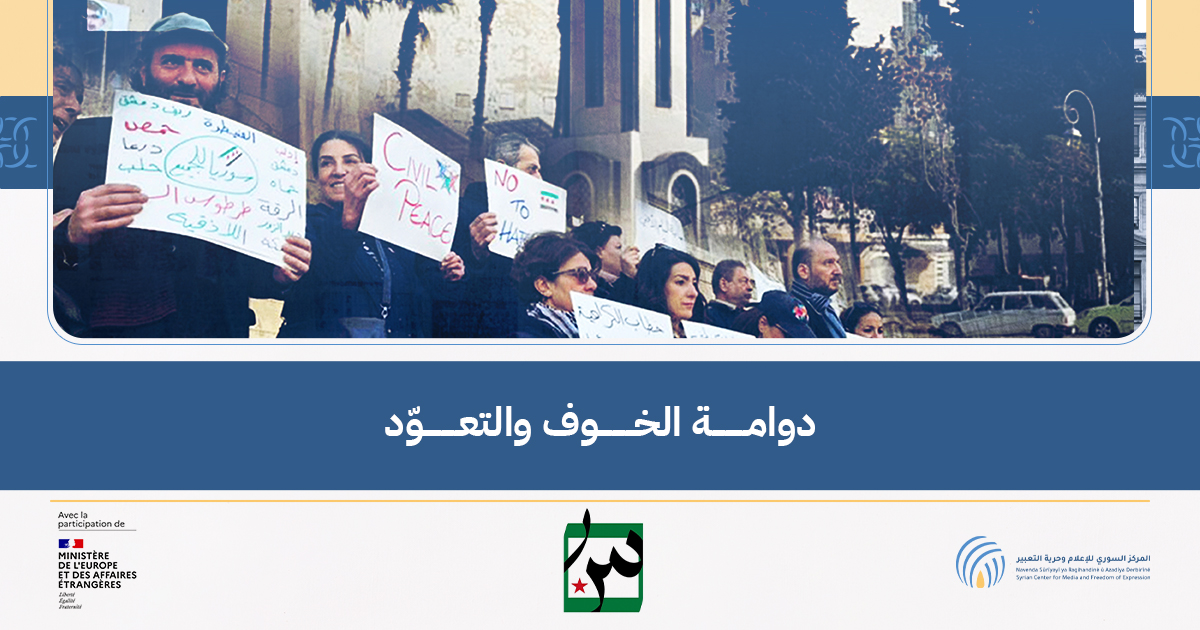by Dana Liebelson
Few could have predicted that a young fruit seller would spark political revolution in Tunisia. But when a policewoman slapped Mohamed Bouazizi, a torrent of tweets, blogs and Facebook posts turned the incident into the slap heard ‘round the world.
Alongside the recent popular uprisings in Egypt, Tunisia and elsewhere in Northern Africa and the Middle East, another revolution took place-in digital media.
Protesters and young activists used social networking to spread information at unprecedented speed. Citizens and reporters who use these tools as events unfold are transforming traditional journalism.
A panel of four journalists and journalism experts recently discussed the role of digital media in these revolutions at the National Press Club in Washington, D.C. The panel was hosted by the International Center for Journalists (ICFJ) and moderated by ICFJ President Joyce Barnathan.
“Old school journalism has reporters crosschecking each fact, over and over,” said Riz Khan, an anchor for Al Jazeera-English and the panel’s keynote speaker. “Here, truth came through critical mass.”
Al-Jazeera English used social media to self-correct its coverage of the Tunisian revolution. This decision allowed the channel to provide more coverage, faster, and its Web traffic increased by 2,500 percent.
At present, there are 17 million people in the Arab region using Facebook, including journalists, political leaders and activists. As of late 2010, there were also 40,000 active blogs in the region, according to a report published last month by the Center for International Media Assistance (CIMA).
The use of social networking in the region has been widely credited for enabling the protests, which some have called the “Twitter Revolutions.”
“You have to give credit to the technology,” said Natasha Tynes, the director of Middle East programs at ICFJ. “An incident in a small town in Tunisia caused enormous political pressure because of it.”
In keeping with the theme, many of the 300 participants live-tweeted the event using the hashtag, #ICFJMidEast.
The panelists noted that the regimes were quick to block the Internet in the affected regions. The result was that “hacktivists” worked to reinstate free Internet access and traditional media had to accelerate its coverage. Al-Jazeera, for example, created alternative platforms for the public, promoting tweets and prioritizing tags.
Panelist Jeffrey Ghannam, an independent media consultant who authored the CIMA report, called this convergence between new and old media “revolutionary.”
“You had people translating the information, rebroadcasting it and tweeting it at an unprecedented speed,” Ghannam said. “Old media is passive, but new media is dynamic.”
Although technology was instrumental in both sparking the protests and helping journalists cover them, some of the panelists said that giving credit to Twitter and Facebook doesn’t tell the whole story.
“Social media connected activists with young people,” said Mona Eltahawy, an award-winning columnist. “It did not invent courage.”
A video of the event can be viewed here.




